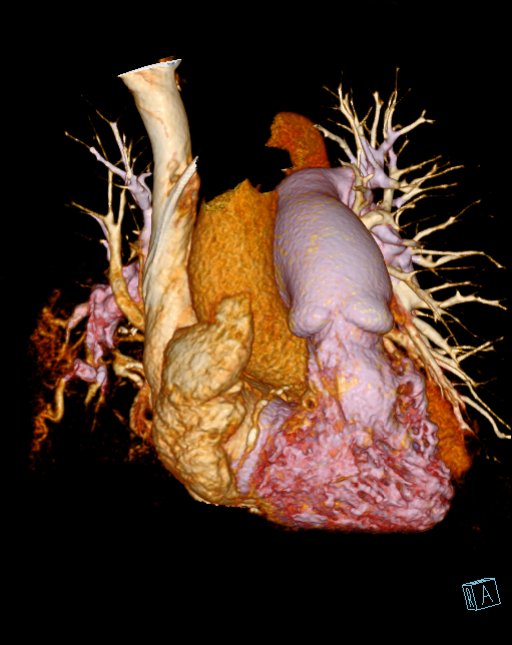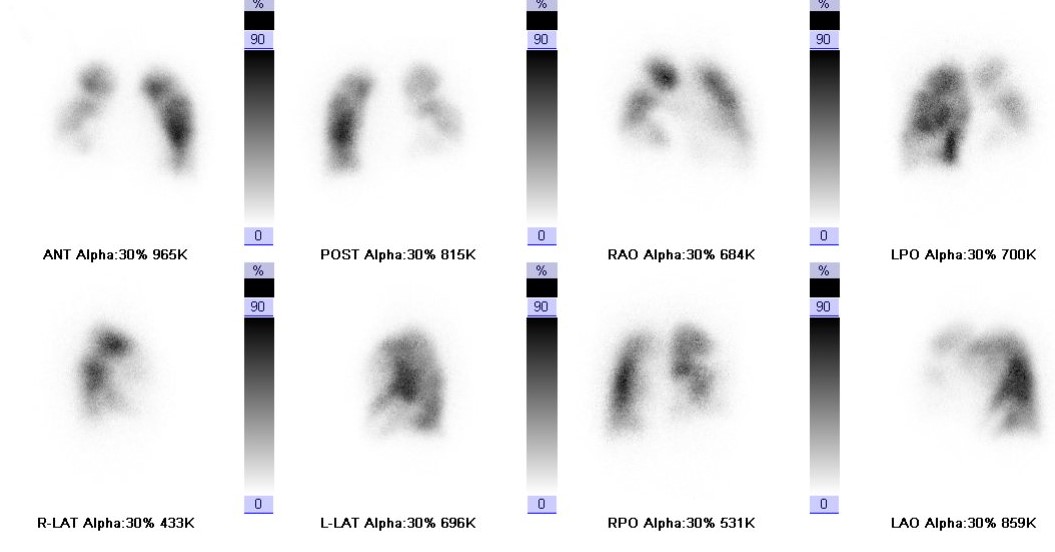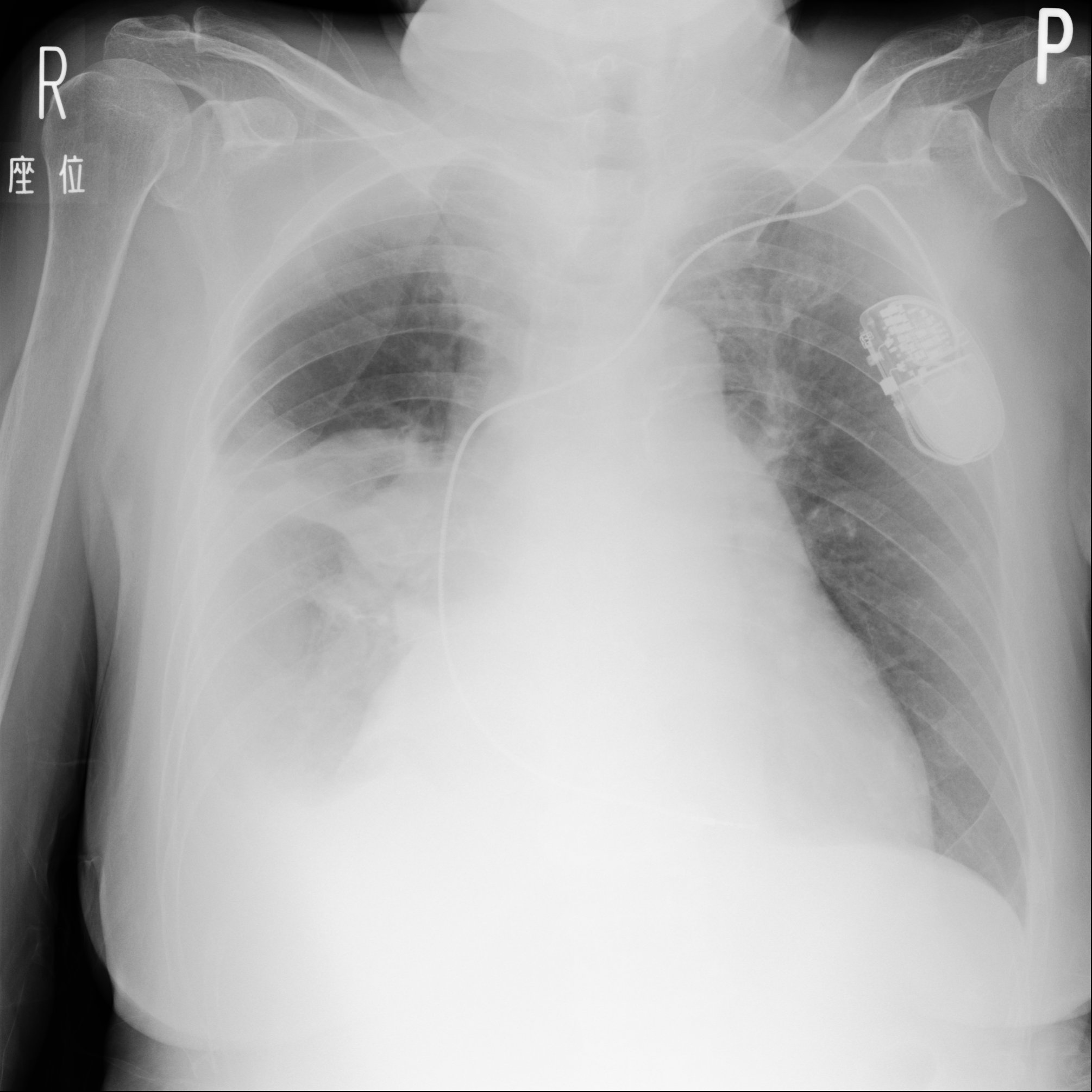Lots of interesting abstracts and cases were submitted for TCTAP & AP VALVES 2020 Virtual. Below are accepted ones after thoroughly reviewed by our official reviewers. Don¡¯t miss the opportunity to explore your knowledge and interact with authors as well as virtual participants by sharing your opinion!
* The E-Science Station is well-optimized for PC.
We highly recommend you use a desktop computer or laptop to browse E-posters.
CASE20191022_006
| STRUCTURAL HEART DISEASE - Pulmonary Intervention: CTEPH, PHTN | |
| Successful Balloon Pulmonary Angioplasty for an Unstable Patient with Central Chronic Thromboembolic Pulmonary Hypertension | |
| Isao Aburadani1 | |
| Kurobe City Hospital, Japan1, | |
|
[Clinical Information]
- Patient initials or identifier number:
S.F
-Relevant clinical history and physical exam:
This case is a late-70s female.8 years before, she was admitted for acute pulmonary embolism. A specific etiology was not identified. Warfarin was initiated.
-Relevant test results prior to catheterization:
CT revealed mural thrombus in main pulmonary artery and several stenotic lesions in right inferior pulmonary arteries. Pulmonary perfusion scintigraphy showed the decreased uptake in right lung.
   - Relevant catheterization findings:
Right heart catheterization demonstrated right atrial pressure 19 mmHg, pulmonary artery pressure 79/36 mmHg (mean 57), and cardiac index was low at 1.6 L/min/m2. We diagnosed she had central CTEPH with low cardiac output and planned to perform PEA after improving congestion. However, her respiratory condition rapidly deteriorated, so we decided to perform BPA for rescue instead of PEA.
  |
|
|
[Interventional Management]
- Procedural step:
We first carefully performed the procedure in the right A7, A8 and A10 with 2-mm balloon. After that, persistent cough was disappeared. 1 week after, we performed second BPA. Pulmonary angiography showed visible large A9, and IVUS finding of A9 revealed a lotus-root appearance at the vessel diameter of 14mm. Several balloon dilations with 6-mm balloon was performed at A9. After three BPA procedures without adverse events, her condition dramatically improved from mean PAP 57 to 32 mmHg, from WHO functional class from ¥³ to ¥±.
- Case Summary:
PEA is a gold standard for treatment of central CTEPH. CTEPH patients with distal lesions have higher postoperative pulmonary artery systolic pressure and higher perioperative mortality compared with proximal lesions.During deteriorating condition, in patients with central CTEPH with distal lesions which are suitable for BPA, BPA might be an effective rescue option.
|
|